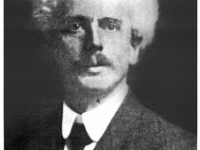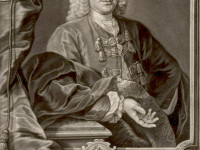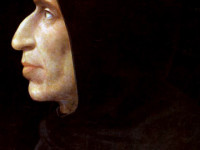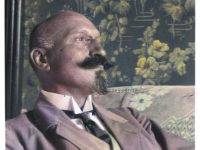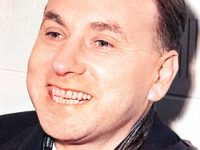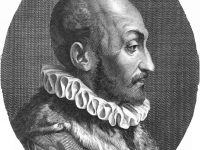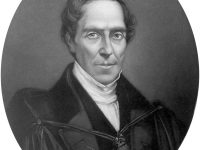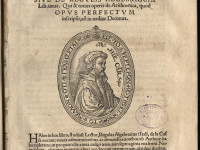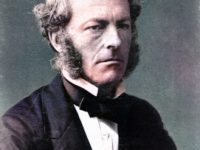Richard Brauer and the Theory of Algebra
On February 10, 1901, German and American mathematician Richard Dagobert Brauer was born. Brauer worked mainly in abstract algebra, but made important contributions to number theory. He was the founder of modular representation theory. Richard Brauer – Early Years Richard Brauer was born in Charlottenburg, a district of Berlin, Germany, which was not incorporated into the city until 1920, to Max Brauer, a well-off businessman in the wholesale leather trade, and his wife…
Read more


